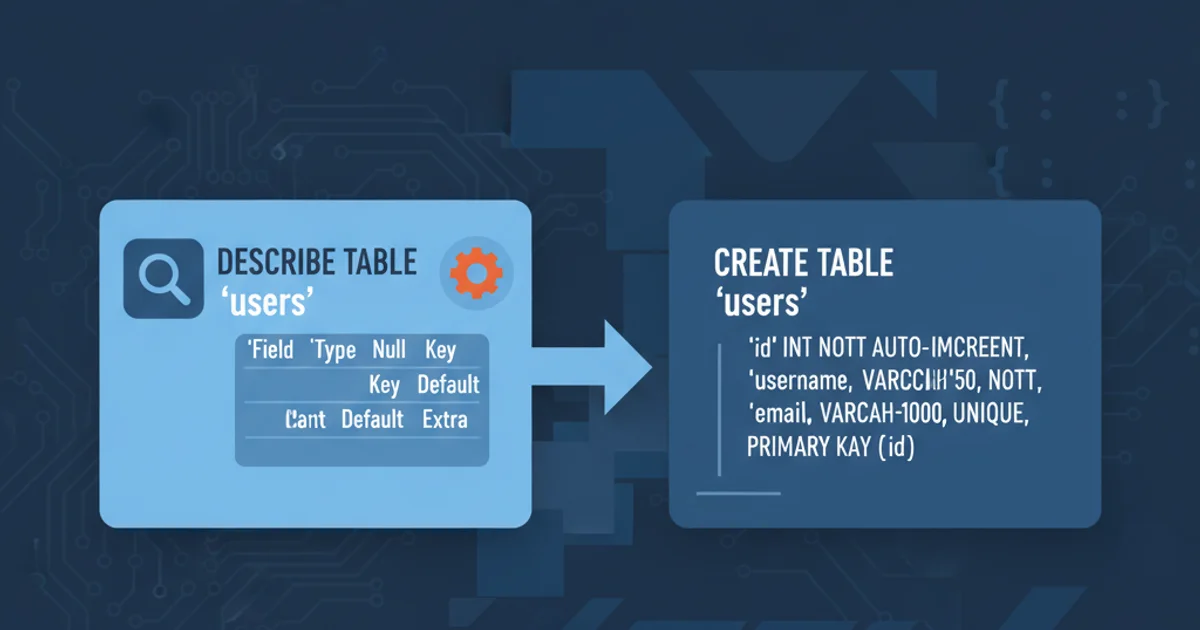Does robots.txt apply to subdomains?
Categories:
Understanding robots.txt and Subdomains: A Comprehensive Guide

Explore how robots.txt files interact with subdomains, the implications for SEO, and best practices for managing crawler access across your entire web presence.
The robots.txt file is a fundamental component of website management, guiding search engine crawlers on which parts of your site they should or shouldn't access. However, when dealing with subdomains, a common question arises: Does a robots.txt file on the main domain also apply to its subdomains? The short answer is no, but understanding the nuances is crucial for effective SEO and site management.
The Independent Nature of robots.txt Files
Each robots.txt file is specific to the host it resides on. This means that a robots.txt file located at https://example.com/robots.txt will only apply to example.com and its subdirectories. It will not automatically apply to https://blog.example.com/robots.txt or https://shop.example.com/robots.txt. Each subdomain is treated as a separate host by search engines, requiring its own robots.txt file if you wish to control crawler behavior specifically for that subdomain.
flowchart TD
A[Main Domain: example.com] --> B{robots.txt at example.com}
B --"Applies to"--> C[Pages on example.com]
D[Subdomain: blog.example.com] --> E{robots.txt at blog.example.com}
E --"Applies to"--> F[Pages on blog.example.com]
G[Subdomain: shop.example.com] --> H{robots.txt at shop.example.com}
H --"Applies to"--> I[Pages on shop.example.com]
B -.-> D
B -.-> G
subgraph Crawler Behavior
C --"Crawled"--> J[Search Engine Index]
F --"Crawled"--> J
I --"Crawled"--> J
end
style B fill:#f9f,stroke:#333,stroke-width:2px
style E fill:#f9f,stroke:#333,stroke-width:2px
style H fill:#f9f,stroke:#333,stroke-width:2px
linkStyle 3 stroke-dasharray: 5 5
linkStyle 4 stroke-dasharray: 5 5Diagram illustrating the independent scope of robots.txt files for main domains and subdomains.
This independent behavior is by design, allowing webmasters granular control over each distinct part of their web property. For instance, you might want to disallow crawling of certain administrative sections on your main domain, while allowing full access to your blog subdomain, and restricting access to specific product feeds on your shop subdomain. This level of control would be impossible if a single robots.txt file governed all subdomains.
Practical Implications and Best Practices
Understanding this distinction is vital for maintaining proper SEO and preventing unintended blocking or indexing of content. Here are some key implications and best practices:
robots.txt file for each subdomain using Google Search Console's robots.txt Tester tool to ensure crawlers are behaving as expected.1. Separate robots.txt for Each Subdomain
If you have subdomains that you want to manage differently from your main domain, you must create a separate robots.txt file for each one. Each file should be placed at the root of its respective subdomain. For example:
https://example.com/robots.txthttps://blog.example.com/robots.txthttps://shop.example.com/robots.txt
# robots.txt for main domain (example.com)
User-agent: *
Disallow: /admin/
Disallow: /private/
# robots.txt for blog subdomain (blog.example.com)
User-agent: *
Allow: /
# robots.txt for shop subdomain (shop.example.com)
User-agent: *
Disallow: /checkout/
Disallow: /cart/
Example of distinct robots.txt files for a main domain and two subdomains.
2. Default Behavior Without a robots.txt
If a subdomain does not have a robots.txt file, search engine crawlers will assume that all content on that subdomain is allowed to be crawled and indexed. This is an important consideration, as it means content on a subdomain without a robots.txt is fully exposed to crawlers by default, regardless of the main domain's robots.txt.
3. Using Noindex for More Robust Control
While robots.txt prevents crawling, it doesn't guarantee that a page won't be indexed if it's linked from elsewhere. For more robust control over indexing, especially for sensitive or duplicate content on subdomains, consider using the noindex meta tag within the HTML of the page itself. This tells search engines not to display the page in search results, even if it is crawled.
<!DOCTYPE html>
<html>
<head>
<title>Sensitive Page</title>
<meta name="robots" content="noindex, follow">
</head>
<body>
<!-- Content of the sensitive page -->
</body>
</html>
Using the noindex meta tag to prevent a page from being indexed.
Disallow a page in robots.txt and then try to noindex it. If a page is disallowed, crawlers won't be able to read the noindex tag, and the page might still appear in search results without a description. Always Allow crawling for pages you wish to noindex.4. Centralized Management for Large Sites
For organizations with many subdomains, managing individual robots.txt files can become cumbersome. While there's no single robots.txt to rule them all, you can implement automated deployment strategies or use server-side logic to dynamically generate robots.txt files based on subdomain configurations. This ensures consistency and reduces manual effort.